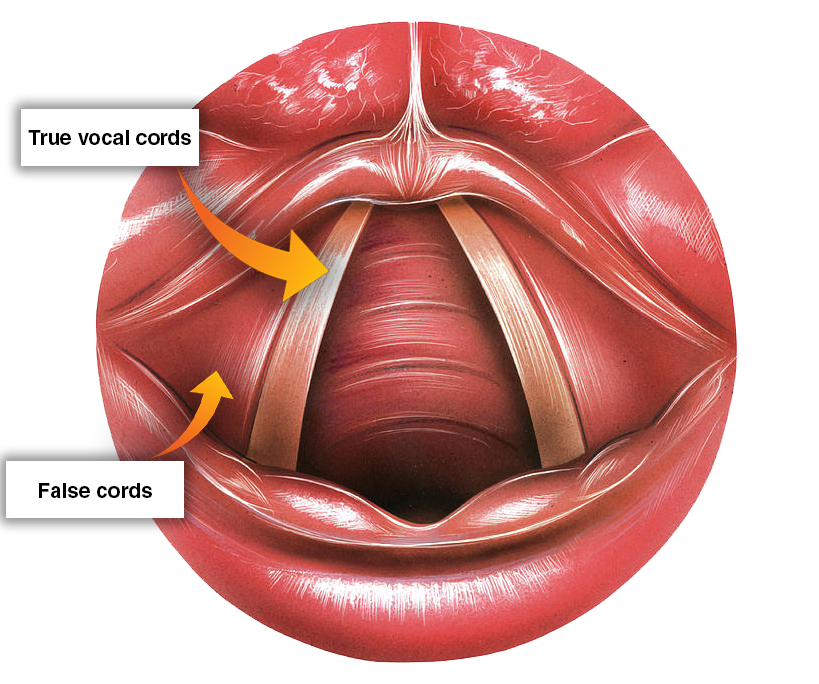I fell in love with music at an early age.
I was very lucky in our house. My mother had the radio playing constantly in the kitchen. I was exposed to all kinds of artists from country singers, John Denver, through to Neil Diamond, etc. I would have been about 13 years old when I bought an album called ‘Masters of Metal’. It was a compilation album packed with loads of amazing artists. Bands like Aerosmith, Krokus, Judas Priest and many others.
The moment that I heard my first metal screams, I was fascinated with the world of grit, gravel and raspy vocals. I vowed right then and there to understand how these singers were able to produce these sounds, and that I would learn how to produce them for myself (safely), within my own vocal style.
Fast forward a few years down the track and all of a sudden we had death metal and extreme low metal screams became the holy grail sounds to aspire to for singers all around the world.
The long and the short of it is that my brain struggled to understand what my ears were hearing and after many, many, many failed attempts at producing anything like a gritty, gravelly scream, I was more confused and more perplexed than when I started. Clearly I was missing some critical pieces of the puzzle in terms of producing the right vocal and breathing co-ordinations to create these aggressive sounds.
Where do these sounds really come from? Well, the answer is that grit and gravel is largely produced by a combination of vibrations of the false vocal folds (sometimes called false cords). When you apply the correct form of diaphragmatic support you create a stream of air energy that rises steadily upward and will vibrate soft tissues in your throat. If your placement is correct, these vibrations will even travel right up into your uvula (at the back of your throat) and vibrate soft tissues above the uvula as well.

The false vocal folds are the folds that we don’t use directly for every day speech. They are able to safely hold back more air than our true vocal folds, which are the ones that we use for everyday speech (and clean singing!).
The purpose of this blog post is not to get into the technical anatomy of the false folds, as that can more easily be shown in videos and there is a wealth of great information out there on sites like YouTube. The purpose of this post is to provide some assistance to the singers that are struggling to produce convincing false cord screams and to help those singers who are on their way to making these sounds, but are blowing out their voice because they are using incorrect technique.
The good news is that both guys and girls both have false vocal folds!
The most important thing to know is that safely screaming is not done by putting pressure on your true vocal folds. If you do this, your vocal cords will overheat, swell up and you will then lose your voice.
Extreme screaming tip number 1: Good screaming requires an understanding of good singer’s breathing and good diaphragmatic support. It takes a surprisingly small amount of air to create your false cord screams and to get the screams underway. The power comes from being able to engage good diaphragmatic singer’s breathing and understanding how to use good diaphragmatic support (muscles that provide healthy leverage that allows you to project your sounds further.). The better your support, the louder your screams will be.
Extreme screaming tip number 2: In order to be able to get these screams going, you must be able to safely locate your false vocal folds and to be able to get them to vibrate freely. The easiest way to do this is to visualise your vocal cords being open. So open in fact, that you can pass a fist through your vocal cords. This visualisation will effectively send the clearest message to your brain that the sounds that you are about to make require relaxed vocal cords. Only when you relax your vocal cords completely, do your false folds start to vibrate and take the lead in creating the right sounds.
When you’re learning to scream, it is normal to feel a little bit of dryness in your throat. That is because vibration of the false cords can sometimes cause unwanted muscle contractions in and around the back of your throat which will leave your voice feeling a bit drier than usual. Over time, you’ll learn how to activate your false folds correctly while maintaining a relaxed airway and throat. What is not normal is any amount of pain. If you experience any of the following symptoms immediately after your screaming attempts, then you are applying far too much pressure and tension in your throat and larynx and you should stop practicing immediately for the day, and only resume practicing when your voice feels like it’s back to normal. Depending on your age and how rough you’ve been on your voice, this could take 1-5 days, or sometimes longer if you’re a mature singer/screamer.
- Extreme dryness that creates the urge to drink something
- Tickles, itches, pain or soreness
- The feeling of strain or uncomfortable tension
- Sharp needle-like pain, coughing or tears in your eyes
Below is a progress video with Dan, one of my awesome vocal coaching students demonstrating the technique. If this is something that you’re interested in learning yourself, get in touch and let’s chat about a customised coaching programme for you.
Please note; there are other types of metal screams called ‘fry’ screams that require a more advanced combination of false cord and true cord co-ordinations. When you’re learning how to scream, I highly recommend starting with the false cord scream first and master the fundamentals of that technique before you attempt to move onto fry screams.
Here’s another video with Gilles demonstrating the same technique. You can read more about what Gilles things of Rapid Vocal Results here.


Amazing! Its genuinely remarkable piece of writing, I have got much clear idea regarding from this article.